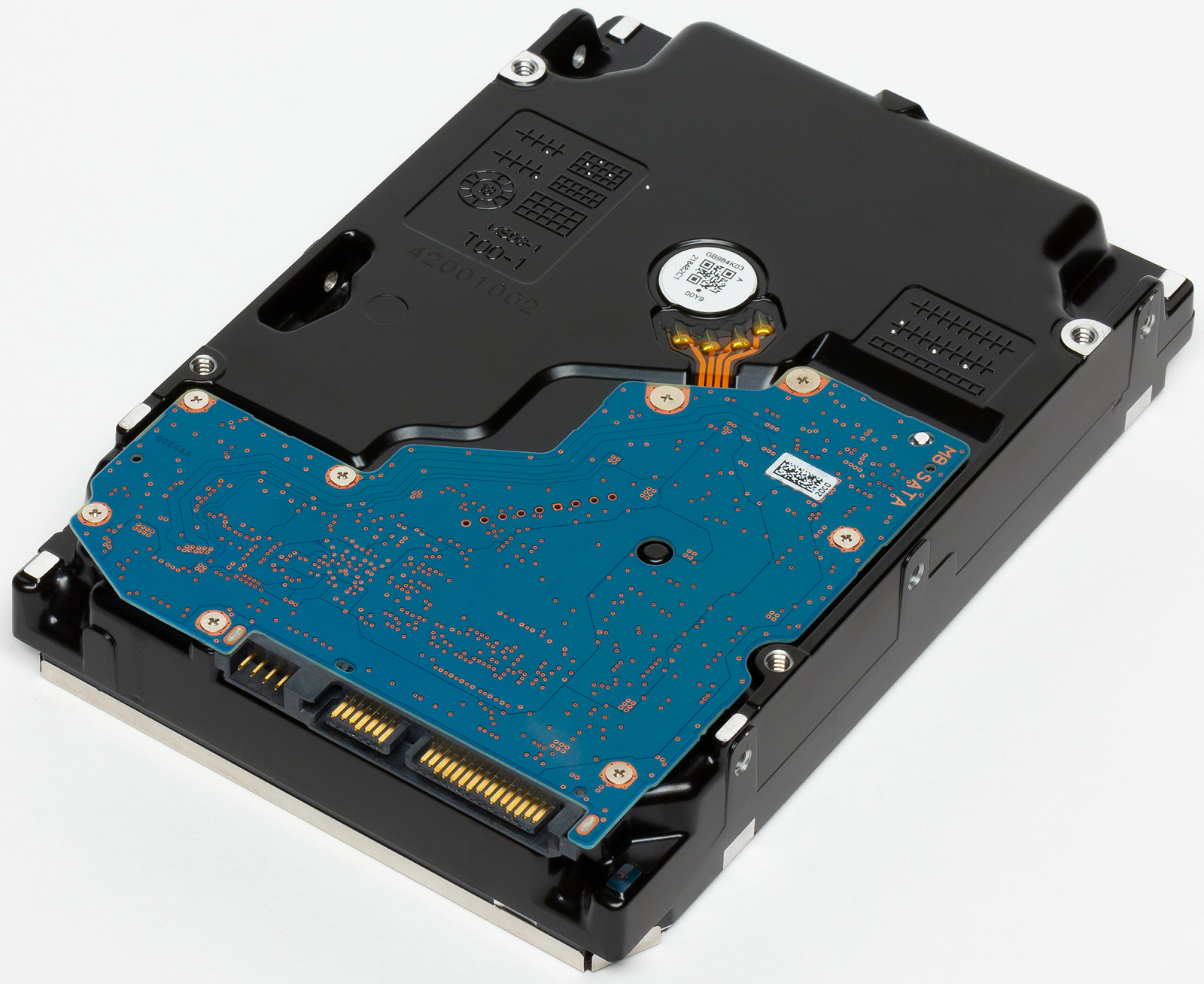

1, Mean Time Between Failures (MTBF, Mean Time Between Failures) is another important indicator of the reliability of the hard disk, indicating that the hard disk in the normal use of
conditions between two failures of the average operating time. MTBF is calculated as follows.
MTBF = Total Time Between Failures / Total Time Between Failures
Among them.
Total use time: the cumulative use of all hard disk time
Failure times: the total number of times all hard disk failures occur during use.
For example, if 1000 hard disks are used for 10,000 hours each, and a total of 10 failures occur, then MTBF = (1000 * 10000) / 10 = 1,000,000 hours.
The higher the MTBF, the better the reliability of the drive and the longer the time between failures.
The MTBF for enterprise drives is usually between 2 million and 2.5 million hours, and 1 million to 1.5 million hours for home drives.
2, the hard disk's annual failure rate (AFR, Annualized Failure Rate) reflects the probability of hard disk failure in a year, the formula is:.
AFR = (Number of Failures / Total Usage) * (8760 / Average Usage Time)
Where: Number of Failures
Number of failures: the number of hard disk failures in the statistical time period
Total Usage: The total number of hard disks used during the statistical time period.
8760: Total number of hours in a year (365 days * 24 hours)
Average usage time: the average number of hours the hard disk was in use.
For example, if there are 1000 hard disks in continuous use for a year and 10 of them fail, AFR = (10/1000) * (8760/8760) = 1%.
Taking enterprise-grade helium drives as an example, the AFR is commonly 0.35%, and 0.85% for home desktop-grade drives
Roughly speaking, you can understand that 3 or 4 out of 1000 hard disks fail in a year. For home disk, it is about 8 or 9 failures.
3, the hard disk's sustained transfer rate (Sustained Transfer Rate) is a measure of hard disk performance is one of the key indicators, said the hard disk in the continuous reading and
writing of data at an average transfer speed, the unit is usually MB / s (megabytes per second). The formula for calculating sustained transfer rate is.
Sustained transfer rate = amount of data transferred / transfer time
Factors affecting sustained transfer rate include
Hard disk speed: The higher the speed, the faster the read/write heads move and the data is accessed, and the higher the transfer rate.
Data density: The higher the data density on the platters, the more data can be accessed per read or write, and the higher the transfer rate.
Cache size: A hard drive's built-in cache improves temporary access to data, and the larger the cache, the higher the transfer rate.
Enterprise-class hard disk with higher speed (such as 7200RPM), higher data density and larger cache (such as 256MB), so the enterprise-class hard disk sustained transfer rate of up to
230M to 280MB/s or so, the home desktop disk sustained transfer of 100M to 150MB/s or so, an increase of nearly two times.
High transfer rate can improve data reading and writing efficiency, speed up data processing.
4, hard disk annual load (Annualized Workload) refers to the hard disk in a year to read and write the total amount of data, usually in TB units. Enterprise-class hard disk annual load up
to 550TB, while the annual load of home-grade hard disk is about 55TB, a difference of nearly 10 times.
Many friends to buy hard disk when worried about buying SMR / stacked disk, as far as I know Toshiba enterprise hard disk drive hard disk currently the whole series (4t to 22t) are CMR /
vertical disk, rest assured that the purchase.
Now enterprise-class hard drive as a home computer storage is quite common, a small-capacity SSD as a system disk, with a large-capacity hard drive as a storage disk, cost-effective and very high.
Compared to the two-year warranty desktop disk, enterprise-class hard disk five-year warranty is also an important guarantee. Hard disk manufacturers warranty warranty policy is only to replace the
repair, data is priceless, important data usually have to develop the habit of backing up, more than one hard disk or network disk backup in case of emergency.
*** Translated with www.DeepL.com/Translator (free version) ***
|
Prev:Toshiba Hard Drives - Enterprise Cloud Capacity
Next:None! |
Return |
All rights reserved: Shenzhen Zhenggong Storage Technology Co., Ltd.
Design and production: Yunding Data